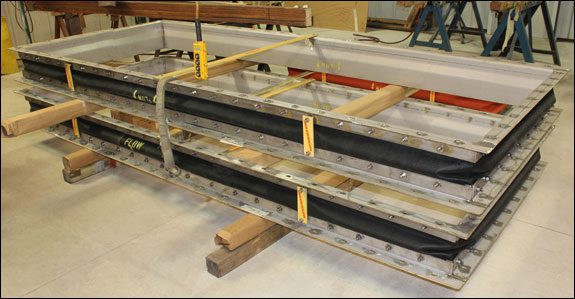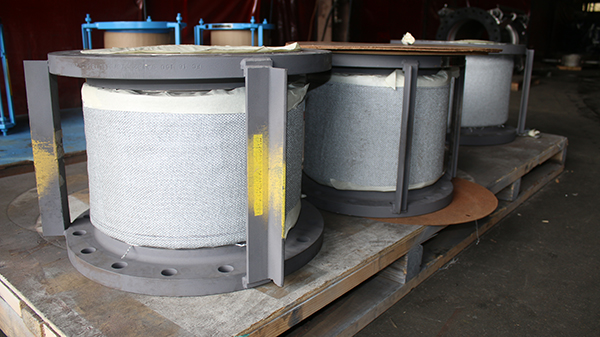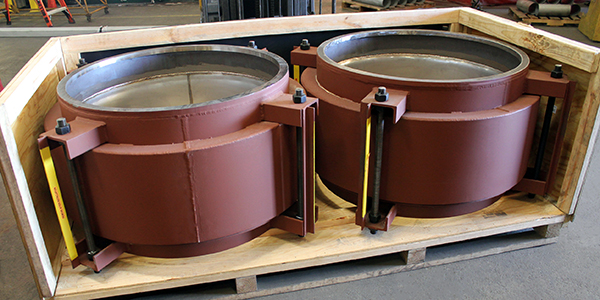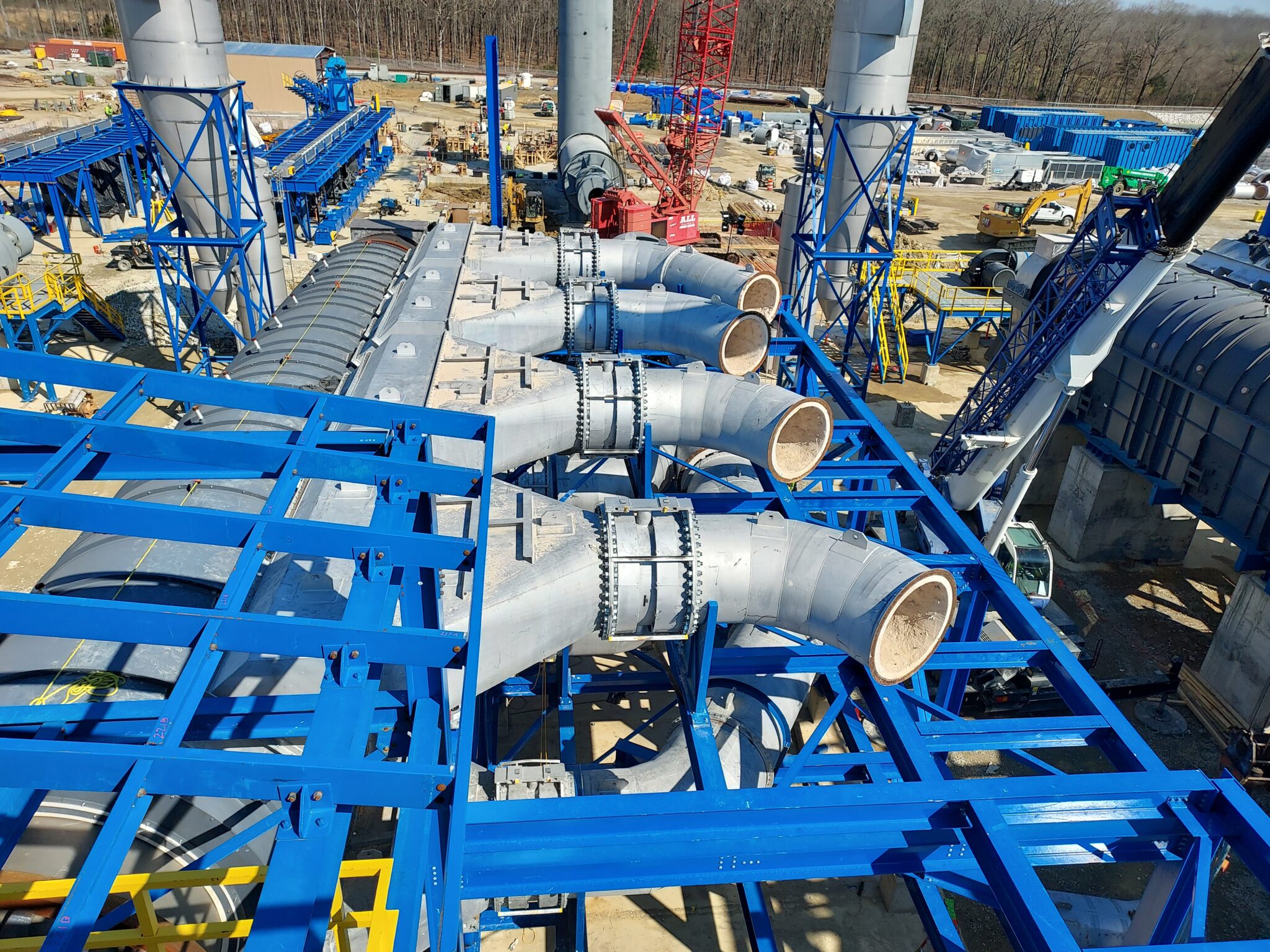
Manufactured for the Heat: Refractory-Lined Metal Expansion Joints Installed at Biocarbon Plant
Standard solutions won’t hold up when your process demands performance under extreme conditions. US Bellows engineered and manufactured more than 60 custom refractory-lined metal expansion joints for a new biocarbon production facility in Columbus, Mississippi. These units are designed to perform in the intense operating conditions required to support sustainable aluminum and steel manufacturing.
Refractory-lined metal expansion joints are critical in protecting piping systems operating at high temperatures—up to 2,800°F, like in this project. They allow pipes to expand and contract to help prevent stress on the system. The refractory lining is made of insulating materials to act as a thermal barrier and protect the underlying metal structure from extreme temperatures.
Refractory-lined metal expansion joints are critical components in systems like a biocarbon production facility due to the extremely high temperatures and abrasive materials involved in the process.
Project Spotlight: Supporting a Greener Future in Metal Production
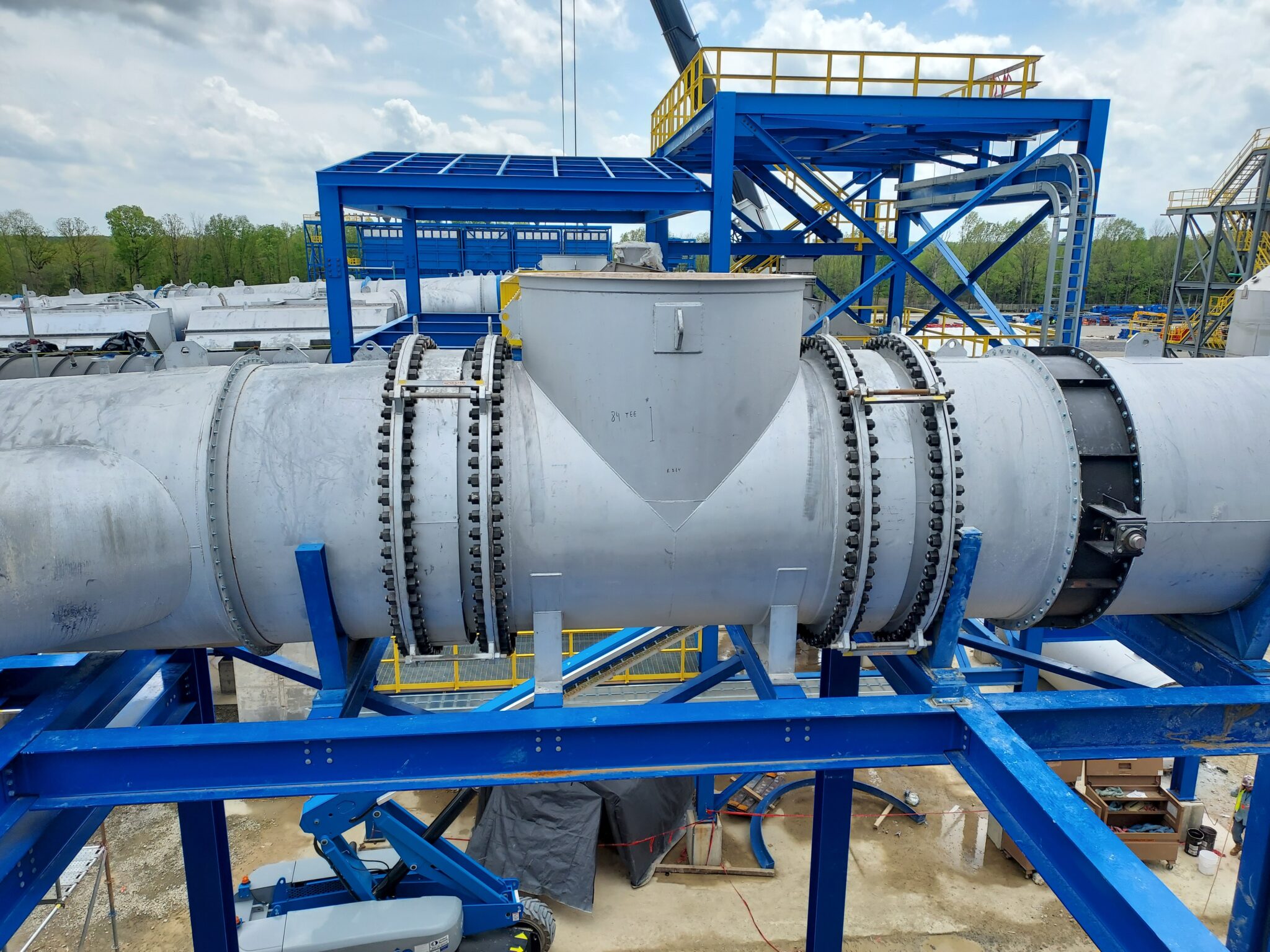
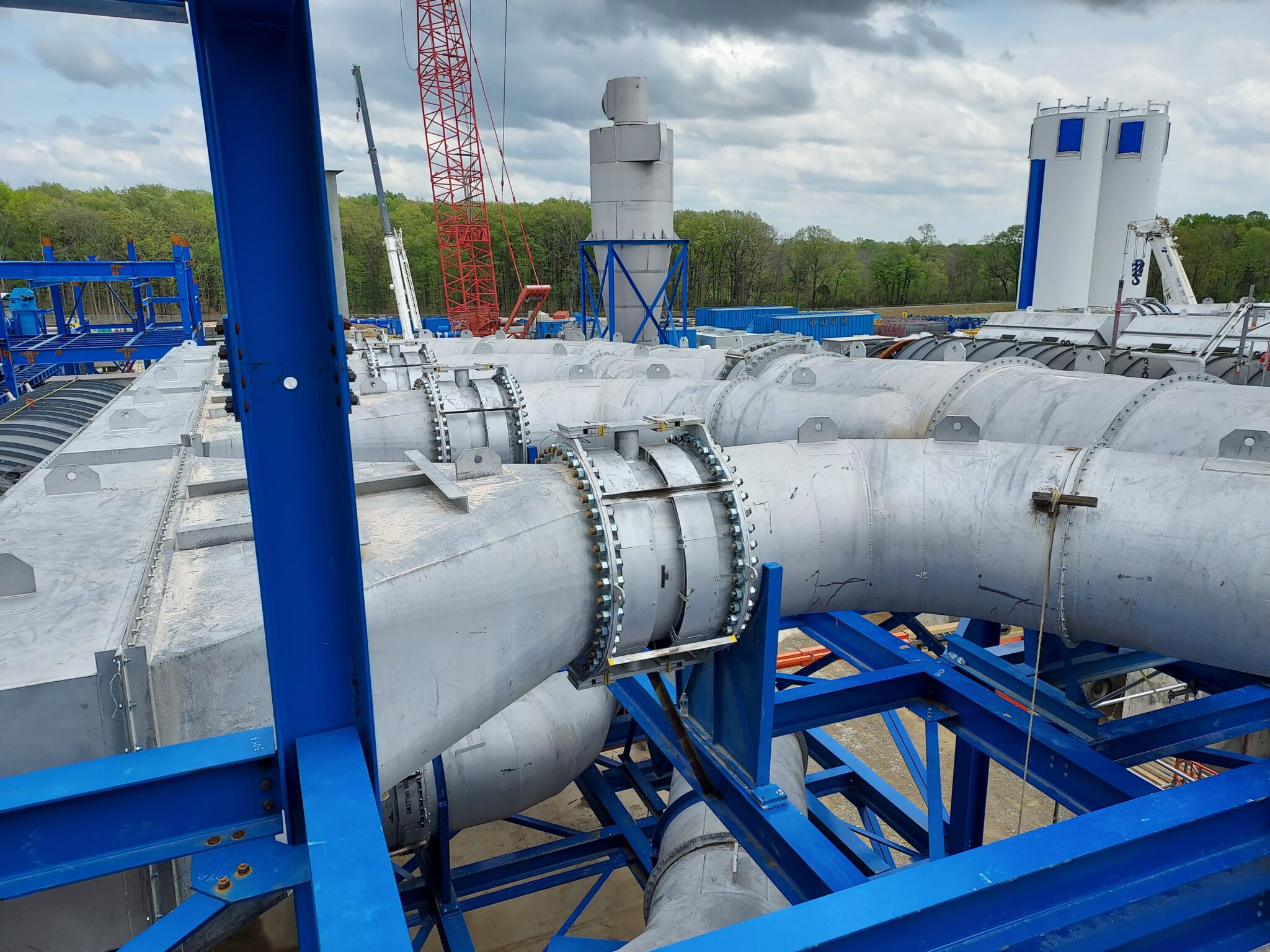
These Refractory-lined metal expansion joints were manufactured for a new biocarbon production facility that will process over 160,000 metric tons of renewable biocarbon annually, supplying a critical resource for producing green steel and aluminum. Located adjacent to a major aluminum rolling mill, the site is part of a broader initiative to reduce industrial reliance on fossil fuels..
US Bellows delivered these units to meet strict project specs, ensuring seamless integration, long-term durability, and compliance with all temperature and pressure conditions.
US Bellows supplied more than 60 Refractory-lined metal expansion joints for this project. These units varied in size from 56 to 144 inches in diameter and were designed to accommodate temperatures ranging from 1,600°F to 2,800°F and pressures up to 15 psi. The most robust expansion joints—exposed to the highest thermal and mechanical stress—are installed near the combustor and furnace. Lower-temperature units are located along the process exhaust lines. Each expansion joint was fabricated with a carbon steel shell, cover, and hardware, while the bellows were made from Incoloy 800 for superior high-temperature resistance.
Industry: Green Steel
A green steel industry aims to produce steel by replacing coal with renewable energy sources, like biocarbon, significantly reducing carbon emissions. Biocarbon, derived from sustainable biomass, acts as a renewable substitute for fossil-based carbon in steelmaking, contributing to a more sustainable production process
The biocarbon facility in Columbus, MS, will process forest and sawmill residues to produce over 160,000 metric tons of biocarbon annually. It is strategically located next to a flat-rolled aluminum mill, requiring approximately 900,000 metric tons of aluminum slab supply
Our Refractory-lined metal expansion joints are helping this facility maintain thermal integrity and system flexibility during production, contributing to lower emissions and improved energy efficiency.
Full Support for Green Steel Manufacturing
Piping Technology & Products, the parent company of US Bellows, manufactures a full range of engineered solutions for high-temperature, high-performance industrial systems:
From renewable energy facilities to aluminum and steel production, we help EPCs deliver complex systems on spec, on time, and built for the future.
Need help specifying a piping support system for a high-heat application?

